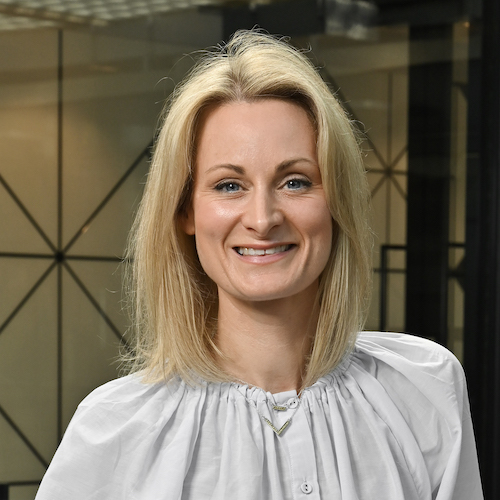From strategy to success: Where do I start with planning thought leadership campaigns?
Emily Taylor Gregory
How do leading brands go about planning a successful and high-impact thought leadership campaign? What are the ingredients that get jaded business audiences to sit up and engage with your content? How should you define and measure success?
Thought-leading brands are forensic in their campaign planning. They investigate the why, who, what, how, and when, set objectives and achieve them – and they know which metrics to use to measure their success.
But success relies on skillfully navigating a path through a few challenging factors.
Selecting themes and topics is only one step in the planning process. In our view, it is a mistake to start thinking about themes before you have answered a few key questions.
We encourage our clients to think of this as a straightforward ‘Why?’, ‘Who?’, ‘What?’ and ‘How?’ exercise:
- Why? – Think about your marketing objectives. Which outcomes are you hoping to achieve? How will you know if your thought leadership strategy has been successful? Which metrics and KPIs can you track to ensure that your project is meeting its goals?
- Who? – Once you have your objectives, you can target your audience. Who do I want to read my content? Who are the decision-makers I want to influence?
- What? – Only now should you start to discuss topics and themes. Which topics do my audience want to read about? What do I want my company to be associated with? And how do I make sure our ideas are distinctive?
- How? – Finally, you should think about activation. How does my audience consume content? Which platforms resonate the most with my audience, and how should I allocate the budget across channels?
To help marketers better understand how these considerations inform and influence the thought leadership design process, our virtual thought leadership campaign planning masterclass has been built to share best practices that set you and your team up for success.
Whatever your level of experience or seniority, our end-to-end masterclass will teach you:
- Objectives and metrics: How to ensure that all stakeholders are on board with a clear direction, and that you are tracking the right metrics to assess success
- Knowing your audience: How to ensure that you have a clear view of your audience – and the messages that are likely to resonate with them
- Campaign activation: Our checklist for a successful go-to-market strategy encompassing sales activation and the full suite of marketing channels
This masterclass is a must-attend session for those planning, developing, and executing a thought leadership strategy. Starting with the basics, we explain what real thought leadership is and what it’s used for, and then share practical advice you can apply throughout the campaign planning and creation process.
Planning a successful campaign
20 July 2023, 3pm BST
Speak to the team
We’ll help you to navigate and overcome any challenges you currently face and learn how to get more out of your content.
Book a meeting
About the author: Emily Taylor Gregory
Emily is our marketing director, responsible for the brand, marketing and communications strategies for FT Longitude. Emily leads our content and events programmes, as well as our speaking engagements and PR activity, working closely with our editorial and research teams to develop and promote insight and best practice at the cutting edge of thought leadership.
Before joining FT Longitude, Emily spent 14 years working in various marketing roles in the publishing and technology sectors.
 |
Tel:
+44 (0)20 7873 4770
|
Tel:
+44 (0)20 7873 4770



